











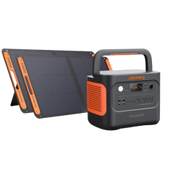





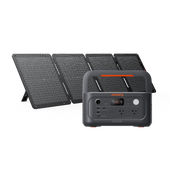
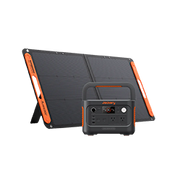



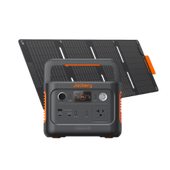
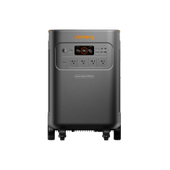


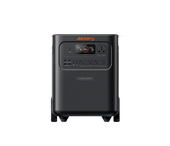


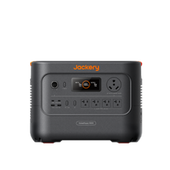
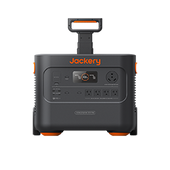
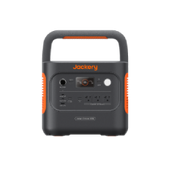

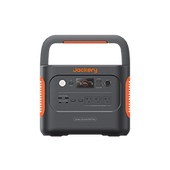
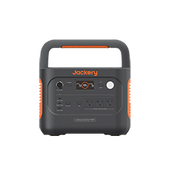


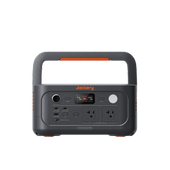

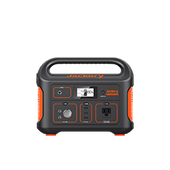
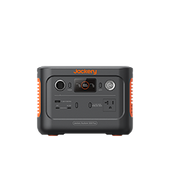
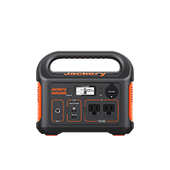








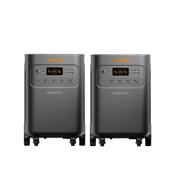



















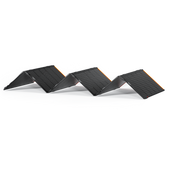


![[Add - on] Jackery Manual Transfer Switch for Explorer 5000 Plus - Jackery](http://www.jackery.com/cdn/shop/files/add-on-jackery-manual-transfer-switch-for-explorer-5000-plus-9017324.png?v=1754016782&width=170)











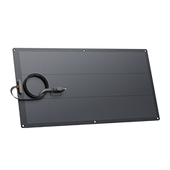
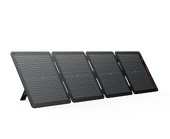

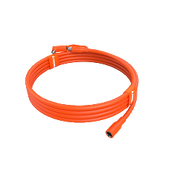










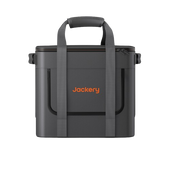


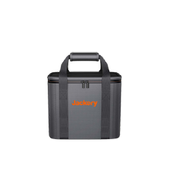


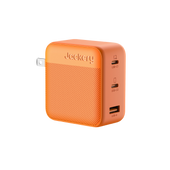





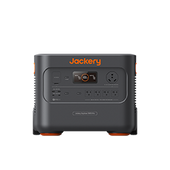

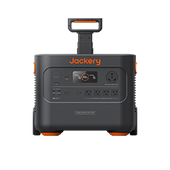

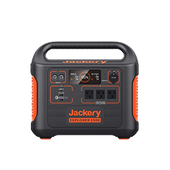
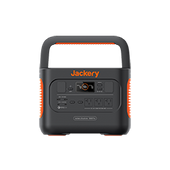
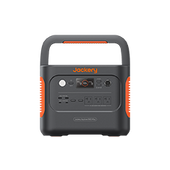

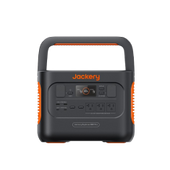

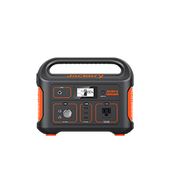

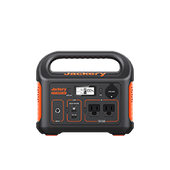
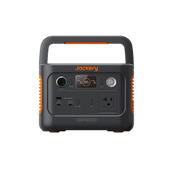





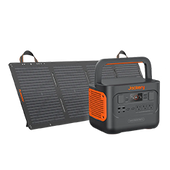
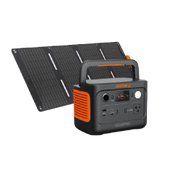







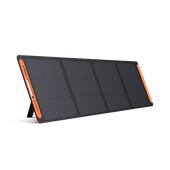


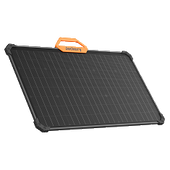



































































































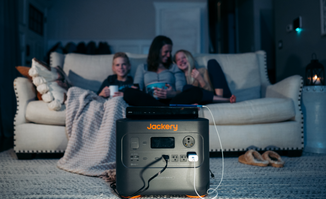



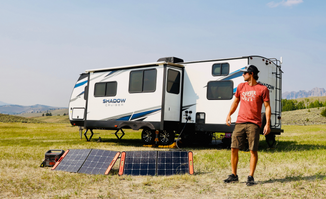

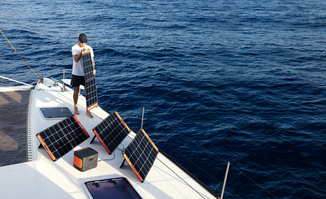
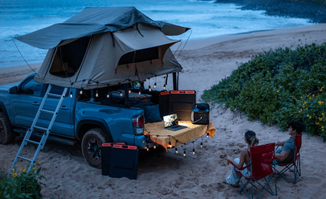











































































![[Add - on] Jackery Manual Transfer Switch for Explorer 5000 Plus - Jackery](http://www.jackery.com/cdn/shop/files/add-on-jackery-manual-transfer-switch-for-explorer-5000-plus-9017324.png?v=1754016782&width=170)






































































Jackery Black Friday Sale
Up to 65% Off!
Lowest Prices of 2025

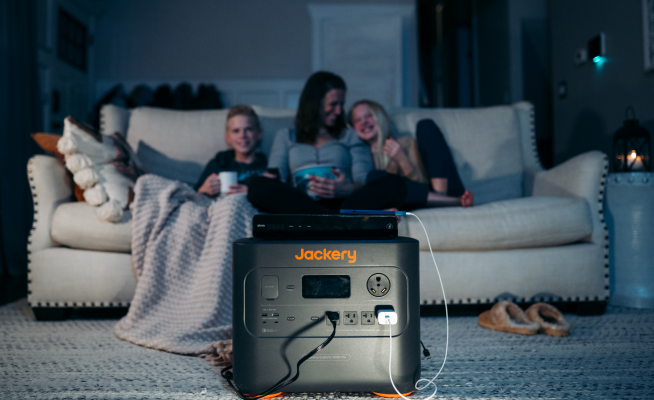



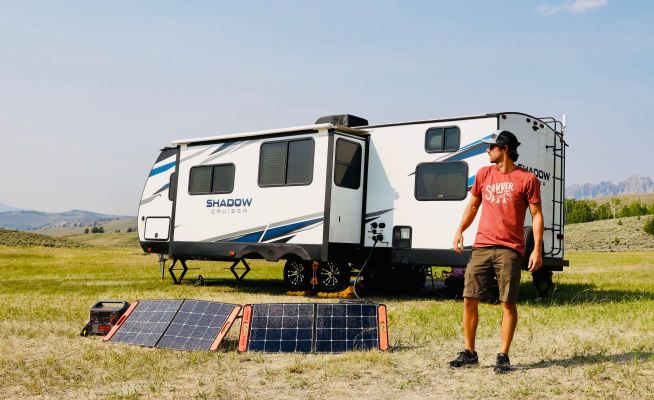

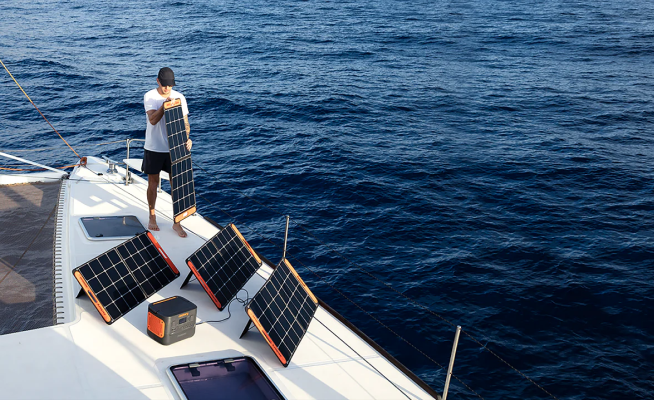
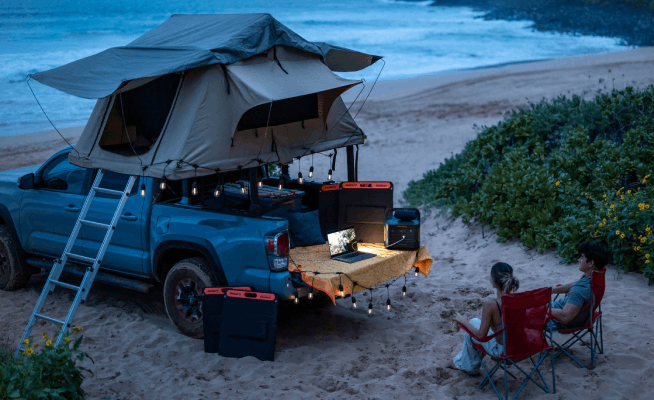

At 2 a.m., the world off Block Island feels timeless. The ocean breathes in slow ripples against the hull. On deck, Darryl Ward stands quietly, eyes half-shut, savoring the hush. For a man who spends his days designing alarm systems and rushing to emergencies as a local volunteer fireman, this moment alone with the sea, without the drone of an engine, is everything he once thought impossible. “A year ago, I’d be down below, sweating over a gas generator that always needed fixing,” Darryl says, recalling those restless nights. “I’d come here to find peace, but I’d spend hours fixing problems instead.” It turns out, quiet doesn’t happen by accident. Sometimes, it has to be designed, wire by wire, bolt by bolt.
By daylight, Darryl runs a small low-voltage company in Connecticut, wiring up homes and businesses with custom alarms, cameras, and audio systems. He’s a man who thinks in blueprints and back-up plans. On duty, he’s the local fire marshal, trained to expect the worst. But when it came to powering his own yacht, that mindset turned vacations into work. His Viking yacht was built for escape: long weekends drifting out to hidden coves, days spent fishing or grilling on deck with his fiancée and marina friends. But under the floorboards hummed a 300-pound generator: loud, temperamental, and forever on the brink of breakdown.“It got to the point where I’d pack more tools than snacks,” he laughs. “And the worst part? You could never really shut it up.”
The turning point came after yet another generator breakdown cut short a weekend getaway. Back at the dock, swapping stories with a buddy moored next door, Darryl heard about Jackery for the first time. He brushed it off at first: a portable battery system sounded too small, too risky. But the thought lingered. Nights after work, he’d lie awake drawing out plans in his mind: how to rip out the old beast, re-balance the boat’s weight, keep all the critical systems humming. When Jackery launched the Explorer 5000 Plus, the lightbulb switched on. Enough power. Expandable batteries. Quiet. He decided to gamble on a silence worth building. “I tell my customers all the time: design is everything,” Darryl says. “Why wouldn’t I do the same for my own peace of mind?”
The installation was pure Darryl: practical, methodical, a touch experimental. He gutted the generator from the center salon, a beast that had once demanded constant oil checks and tune-ups, and custom-built a secure box to hold the Jackery in the same balanced spot. He converted heavy-duty cables, wired a shore-power charging system, added an inline fuse, and tied everything into the boat’s original panels. His neighbors watched with curiosity and a healthy dose of skepticism. Who trades out a trusty diesel for batteries?
That first off-grid run was like flipping a switch on more than just the yacht’s AC. “It was our big summer trip,” Darryl remembers. “I told my fiancée: this is either going to be the best idea ever, or we’re eating melted ice and warm beer for three days.” Instead, they spent four carefree days out at anchor. The Jackery kept the AC running through humid nights, powered the fridge, the lights, the water pumps, even the surround-sound when they watched movies in the cabin. When they rafted up with friends, Darryl’s system did something no one expected — it shared the power. “My neighbor just plugged right in. His big boat, mine, both running on my Jackery.”
It didn’t take long for Darryl’s system to face its first big test. One late-spring storm hit the Connecticut shoreline, wiping out power at the marina for nearly fifteen hours. While boat owners scrambled for candles and coolers, Darryl flipped on the Jackery. Everything stayed cold. The lights stayed on. And when the storm cleared, his fridge was still stocked for the next trip. “Being a fireman, I was out helping the town get back up,” he says. “But it was a relief to know my boat and my food were fine. One less worry when you already have enough.”
These days, Darryl’s mind is already on the next upgrade. He’s wiring solar panels onto the roof to trickle-charge the Jackery while he’s out exploring. He’s sketching ideas for a more compact marine version that can handle engine-room heat and tight corners. And at home, he’s planning an identical setup as a backup for storms, all rooted in the same principle: no more noise, no more stress. “Reliability and stability, that’s what Jackery is for me,” he says simply. “It’s freedom, too. Freedom to enjoy what you came out here for in the first place.”
When other yacht owners lean in and ask if it’s really worth ditching the old generator, Darryl never promises perfection. He tells them the truth: do your research, think through your charging plan, always have a backup, but don’t be afraid to bet on a better way. “The ocean’s loud enough. You don’t need your gear to shout over it,” he says with a smile. “Quiet power, good friends, cold drinks, that’s what matters out here.” And with that, Darryl leans back into the hush of his favorite sound: nothing but the soft tap of water on the hull, and a battery humming just beneath his feet — power enough to share, but quiet enough to remember why he built it.
More